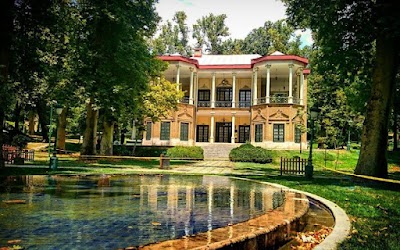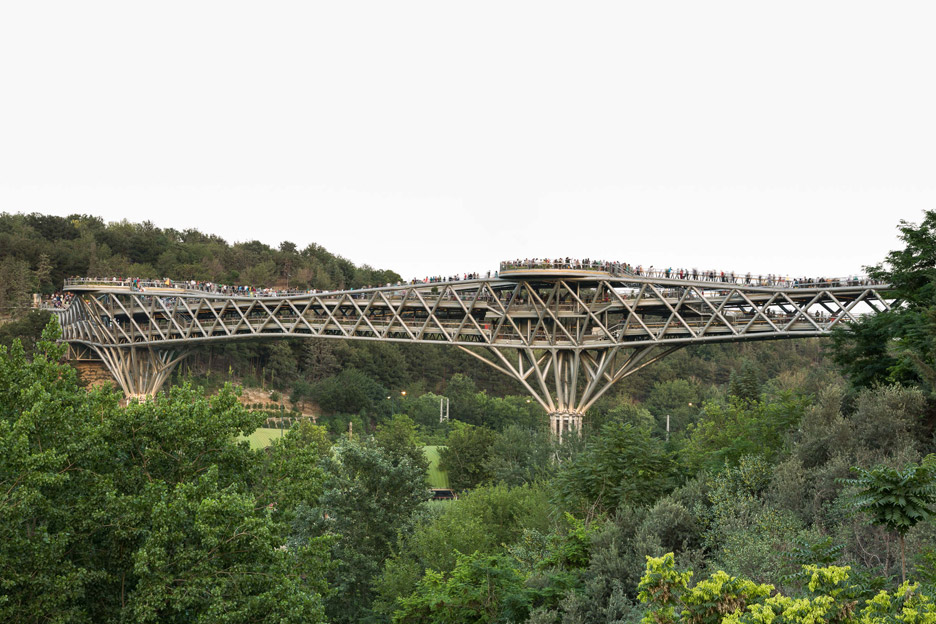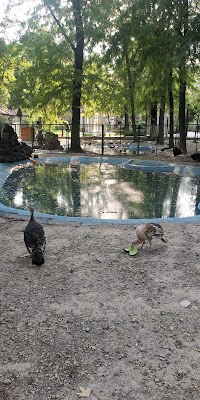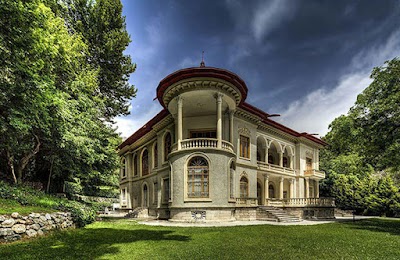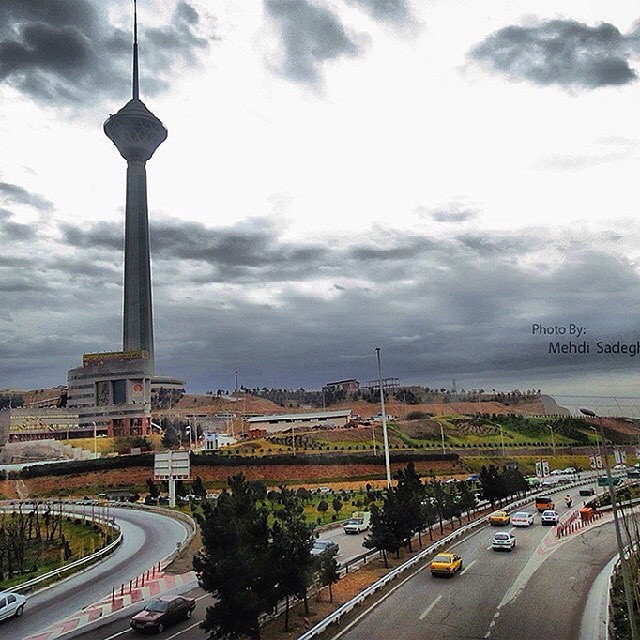Niavaran Palace Complex (کاخ نیاروان)
Related Places
Overview
Nestled in the northern part of Tehran, Iran's bustling capital, the Niavaran Palace Complex stands as a magnificent testament to the opulent lifestyles and rich history of the Persian monarchy. More than just a collection of elegant buildings, this cultural treasure trove offers visitors an insightful glimpse into the country’s royal past, artistic heritage, and architectural splendor.
The complex primarily gained prominence during the reign of Mohammad Reza Shah Pahlavi, the last Shah of Iran, although its origins date back to the Qajar dynasty in the 19th century. The main palace, known as the Niavaran Palace, was designed by Mohammad Reza Pahlavi in 1958 as a private residence for the imperial family. The architectural design is a stunning fusion of modern and classical Persian styles, featuring exquisite tile work, lavish furnishings, and an impressive collection of contemporary art.
Upon entering the Niavaran Palace, visitors are immediately captivated by its grandeur. Key areas such as the Shah's Office, the Royal Wardrobe, the Reception Hall, and the Banquet Hall are meticulously preserved, transporting you back in time. Each room boasts intricate Persian rugs, elegant chandeliers, and ornate decorations that reflect the lavishness of the Pahlavi era. The interior is also adorned with artworks from renowned Iranian artists, enriching the already impressive ambiance with cultural significance.
Beyond the main palace lies the Sahebqaraniyeh Palace, a remarkable gem from the Qajar dynasty. Built during the reign of Naser al-Din Shah in the mid-19th century, this palace exemplifies Persian architecture with its stunning mirrors, stucco work, and wall paintings. The mirror hall, in particular, is breathtaking, featuring intricate mirror mosaics that create a dazzling interplay of light. This part of the complex contrasts beautifully with the more modern Niavaran Palace, offering a fascinating glimpse into a different era of Iran's royal history.
The Ahmad Shah Pavilion, part of the Niavaran Palace Complex, was built during the late Qajar period as a summer residence for Ahmad Shah Qajar, the last ruler of the dynasty. Though smaller, this pavilion is equally captivating with its charming architecture and serene surroundings. It holds historical significance, marking the transition between the Qajar and Pahlavi dynasties.
One of the most enchanting features of the Niavaran Palace Complex is its sprawling gardens. The meticulously landscaped greenery provides a serene environment perfect for leisurely strolls and picnics. Dotted with fountains and sculptures, the lush gardens create a tranquil oasis amid the urban hustle of Tehran. In spring and autumn, the gardens are particularly spectacular, bursting with a kaleidoscope of flowers that enhance the picturesque setting.
The complex also houses several museums catering to diverse interests. The Jahan Nama Museum showcases an eclectic mix of art and artifacts collected by the Pahlavi family from around the world, including works by Picasso and Salvador Dalí. Meanwhile, the Niavaran Library serves as a treasure trove for bibliophiles, housing over 23,000 volumes of literature, including rare manuscripts and historical documents.
Unique to the Niavaran Palace Complex is the Coronation Hall, where the last Shah was crowned in 1967. This hall symbolizes the grandeur and historical significance of the Pahlavi dynasty and is often used for exhibitions, offering visitors an immersive experience into Iran's royal ceremonies.
For many visitors, the true majesty of the Niavaran Palace Complex lies not only in its physical beauty but also in its ability to narrate a multifaceted story of a nation. Spanning from the Qajar splendor to the Pahlavi opulence, the complex encapsulates a crucial period in Iran's history, making it a must-visit for anyone interested in Persian culture and heritage.
In summary, the Niavaran Palace Complex is more than a royal residence; it is a journey through time that showcases the artistic and historical richness of Iran. Whether you are an architecture enthusiast, a history buff, or simply a curious traveler, this destination promises an unforgettable experience. Its blend of historical significance, architectural beauty, and serene gardens offers something for every visitor, making it a captivating stop on your journey through Iran.


